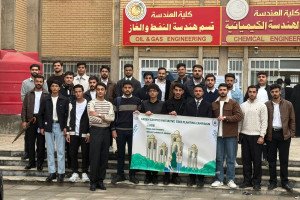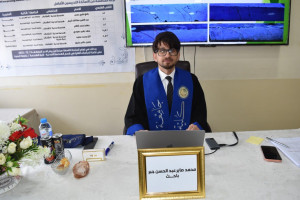
Abstract
This research focuses on utilizing chemically modified zeolite, noted
for its high ion exchange capacity and low environmental side traffic, to
improve phosphate and ammonium removal from wastewaters. One of the
main reasons for eutrophication and loss of biodiversity is nutrient
contamination in waste waters, especially phosphate and ammonium.
Conventional methods of wastewater treatment are effective but tend to be
expensive.
In this research, natural zeolite was modified with sodium chloride
(NaCl) and ferric chloride (FeCl3), followed by heat treatment at 200°C, to
enhance its structural and chemical properties.
The modified zeolite demonstrated significant improvements in
adsorption efficiency compared to its natural counterpart. Batch experiments
were conducted under various conditions to study the impact of contact time,
adsorbent dosage, and pH on the removal efficiencies. Byusing a Response
Surface Methodology (RSM) with a Central Composite Design (CCD), the
study optimized the treatment process. Results showed phosphate and
ammonium removal efficiencies of 93.9% and 73%, respectively, of
phosphate concentration 32.95 mg/L and ammonium concentration of 21 mg
/L under optimal conditions.
The kinetic studies indicated rapid initial adsorption for both nutrients,
with equilibrium reached within 15 minutes for phosphate and 150 minutes
for ammonium of phosphate concentration 9.67 mg/L and ammonium
concentration of 32.2 mg /L under optimal conditions.Scanning Electron Microscopy (SEM) revealed increased porosity and
surface area in the modified zeolite, while X-ray Diffraction (XRD) analysis
confirmed the formation of new compounds such as sodium chlorate and
iron oxide, which contributed to the enhanced adsorption performance.
application as a low-cost and environmentally-friendly material for
wastewater treatment, the research contributes to the reduction of potential
sources of eutrophication. This provides a foundation for developing
advanced treatment systems that satisfy very strict environmental
requirements with as little economic and environmental costs as possible.
This new approach needs further investigations in different wastewater
treatment setups and long-term usages in real conditions to uncover its
potential usages.






